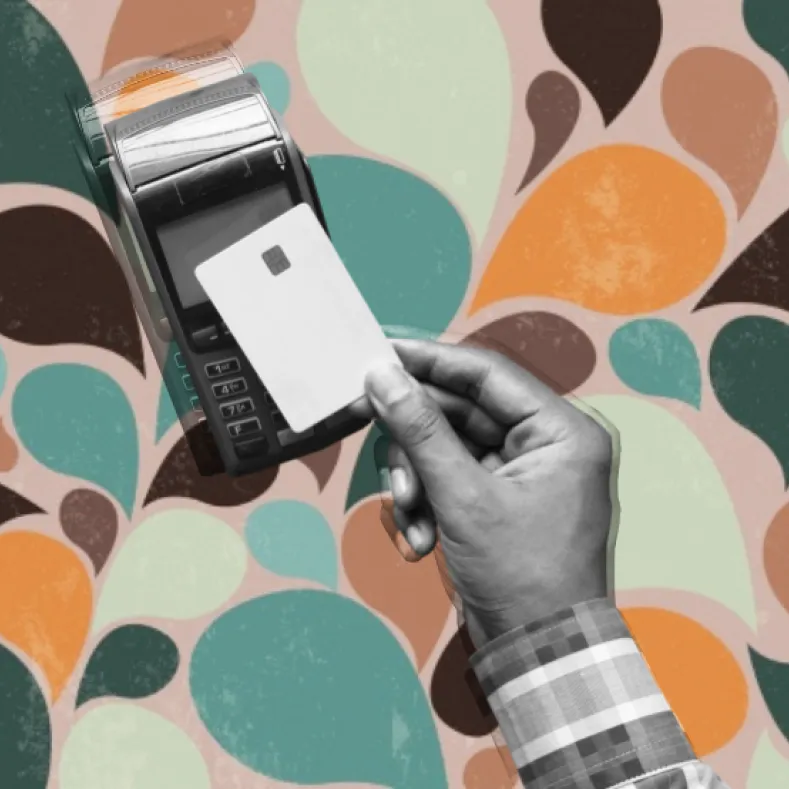The term ‘contactless commerce’ has been thrown around for quite some time, specifically since digital payments tools like Apple pay have been introduced into our economy and changed the way we perform our transactions. However, contactless commerce and its definition have evolved throughout the pandemic.
The term ‘contactless commerce’ has been thrown around for quite some time, specifically since digital payments tools like Apple pay have been introduced into our economy and changed the way we perform our transactions. However, contactless commerce and its definition have evolved throughout the pandemic.
Throughout the global pandemic, many specialists have been seeing a trend in contactless transactions, employment and generally an incline in contactless interactions. This has created a new market within digital transactions, which many refer to as contactless commerce.
Contactless commerce encapsulates the entire digital world, where payments and the interaction between individuals for different purposes is online. This minimizes all interactions, guaranteeing the safety of individuals during this pandemic.
There are many companies that have received heavy funding for technologies aiding in preventative measures during this contactless pandemic. Countries like China have begun funding central technologies of the Fourth Industrial Revolution to diagnose infections, disinfect areas and predict potential health risks.
Alibaba has introduced a colour coded QR system which can indicate the exposure of various individuals to the virus based on reported health conditions. Individuals with green QR codes were permitted to commute to workplaces and enter public buildings. Anyone with ‘red’ classifications were prevented from working.
In some Chinese cities, WeChat has been made mandatory to help assess infection risks based on interactions with people on airplanes or trains. Passengers on subways were required to register via WeChat to make reservations when commuting.
Finally, AI has been utilized heavily within various countries like Russia and China to screen 15 people per second within a five meter range. These algorithms have been developed by Megvii, with the intention of flattening the curve within various asian countries like China and Hong Kong.
Aside from the investment into technologies, there are many ways contactless commerce is changing how we purchase goods/services:
1) Local Travel
Businesses are either going remote or declaring bankruptcy – there’s no in between. As we remain forced to stay at home, we’ve seen the energy sector suffer immensely. The energy sectors stocks have been some of the worst performing within the US, which has reflected the demand for oil. This has also reduced the carbon emissions for all vehicles, and have been anticipated to fall this year for the first time since the global financial crisis. The fall in oil prices have brought up the exploration of alternative energy, as governments have focussed harder on fighting climate change.
2) Shift to Online Events
With the pandemic still hitting peak levels of infection rates, there’s been a decrease with live events. This has eliminated the opportunity to be inspired and connect to like minded people. Online events have been redesigned to accomplish the same experiences, like facilitating productive discussion and engagements.
Large events have been eliminated, but the shift to online events have accelerated. We’ve seen the interest that virtual concerts have gained, especially through pop culture like Fortnite. Earlier this summer, Fortnite hosted a Travis Scott virtual event which had a large turnout – over 12 million players tuned in.
Many companies trying to innovate virtual concerts saw this turnout as a major milestone within this industry, and it’s continuing to be explored.
3) Physical Retail
The shift from physical to online retail has been growing for the last two decades with a sharp incline since the pandemic began. Without the pandemic, many believe that online retail will continue to boom but many believe that this new world has created the indefinite shift to online economies.
Throughout the pandemic, the physical retail industry has incorporated many online elements which has made companies like Shopify some of the largest e-commerce companies in the world. With Shopify hitting record high stock valuations, it’s become evident that this shift will continue to grow.
We’ve seen many reports assessing the economic impacts of the pandemic, and it’s our responsibility as entrepreneurs to explore new markets and find unique ways to ensure industries continue to boom – whether it’s by adapting or incorporating new practices.

